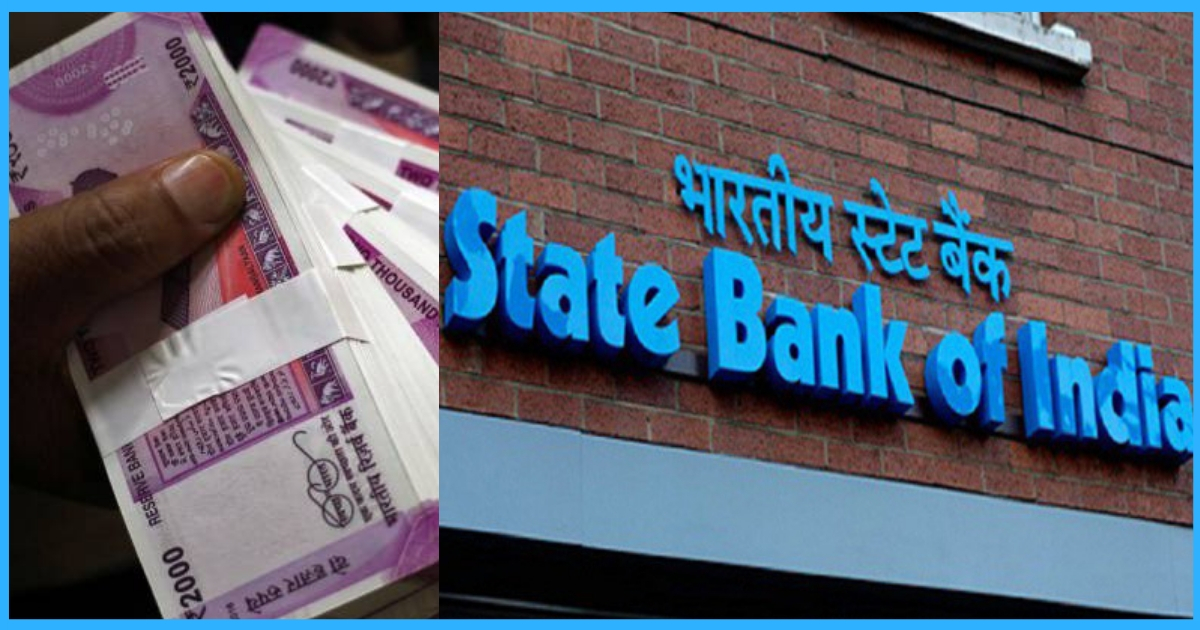
With Rupee Hitting All Time Low, India Will Now Have To Shell Out Additional Rs. 68,500 Cr: SBI Report
9 Sep 2018 2:04 PM GMT
Editor : Ankit Sharma Sharma
Green tea Addict | A Tree Hugger | Born for Change
With the rupee value touching the lowest in the history at Rs. 72 per dollar on September 6, the State Bank of India (SBI) released calculations which revealed that India will have to shell out an additional Rs. 68,500 crores to repay foreign debt. There is an 11 per cent depreciation in the value of rupee in 2018 and around 7 per cent since June 2018.
Costs of rupee depreciation
According to a report by SBI, India’s short-term debt obligation sums up to USD 218 billion due on December 2018, this adds up as a significant cost to the government. This debt includes non-resident deposits and overseas commercial borrowings by companies. If we assume that half the debt amount is paid in the first half of 2018 or is deferred to 2019, the aggregate of the balance debt in terms of rupee would be 7.1 trillion at average considering the 2017 average exchange rate of Rs. 65/ US dollar. With the rupee value touching a new low at Rs. 72/US dollar, the debt repayment amount would be Rs. 7.8 trillion, thereby increasing the cost of debt by Rs. 670 billion. However, this is only a model estimate of the cost that would be incurred as the repayment is done all throughout the year.
Import of crude oil
Crude oil accounts for one of the biggest imports in India, averaging at $74.24 per barrel for the remaining half of 2018, crude import would amount to $57 billion. Had the exchange rate is at an average rate of Rs. 65/ US dollar, the crude oil would cost Rs. 3643 billion, but at an increased exchanged rate of Rs. 71.4 per dollar the cost rises up to Rs. 4036 billion, leaving an additional burden of Rs. 0.353 trillion. Due to this escalation in oil prices, the prices of fuel will shoot up, thereby affecting the inflation in the country indirectly.
Inflation
The effect of rupee depreciation can also be seen on inflation. According to the SBI research, a 5 per cent depreciation in the value of rupee, the inflation rate could add up by 20 basis points, thereby increasing the price of day to day items indirectly.
How does rupee devaluation increase inflation?
Due to the decline in the value of a currency, exports become more competitive and imports become expensive. Inflationary pressures are caused due to the increase in import prices and an increase in exports. Since the traders gain more by exporting their products, the majority of them would prefer to export their goods, and since imports are costlier, there would be a drastic reduction in importing goods from foreign countries. This would lead to an increase in demand in the domestic market but a reduction in supply, thereby increasing the cost of the products and in turn increasing inflation. However, this is subject to other economic factors as well.
Fiscal deficit and rupee devaluation
The fiscal deficit arises whenever a government spends more money than it brings in during the fiscal year. This imbalance, sometimes called the current accounts deficit or the budget deficit, is common across the world.
Current account deficit is the shortfall in dollars earned compared to those spent by a country in the transactions with its trading partners. The wider the deficit, the more dollars a country has to buy in the market to repay its bills. This in turn further reduces the value of rupee.
With yields crossing 8 percent, the government will bear increased fiscal costs every year. According to SBI’s report, such costs would be at least Rs. 6000- 7000 crores.
 All section
All section













